The discounters have made a major play for meat and poultry over the past year - with Aldi’s stunt of offering super-premium Wagyu beef just one eye-catching example - and this is clearly reflected in the sales figures of the major mults. Value has leaked from fresh meat and poultry to the tune of £165m, with volumes also taking a beating.
In fact, fish is the only fresh protein category that’s managed to grow in value, thanks to a continued drive towards premiumisation and added-value lines - plus the fact it’s been much more insulated from the war with the discounters. Aldi and Lidl, after all, offer much less in the way of fresh fish than fresh meat and poultry.
Of course, the topline figures hide enormous variations. Grain prices came down sharply in 2014, reducing production costs, and this particularly benefited pork and poultry, which were already significantly cheaper than red meats.
Indeed, Sonia Armanet, senior category marketing manager at Tulip, says “it’s been quite a good year for pork, which offers good value versus beef or lamb,” adding the category has also benefited from existing pork buyers increasing their basket size.
But there is no getting away from the impact of the discounters. Aldi and Lidl have done a great job expanding their red meat offerings, says Mike Whittemore, head of trade marketing at industry body Eblex. “This strategy of stocking limited SKUs and concentrating on the top five or six meat products per protein obviously works.”
Aldi and Lidl now account for 10% of all retail pork sales in the UK, adds Armanet. “The discounters hugely over-perform on pork, and Lidl’s merchandising stands out.”
The mults have to work hard to ensure they offer value for money when compared with the discounters, and the three for £10 or two for £7 promo mechanic remains key to this. Some experts, however, are worried about its long-term impact on category sales. “There is some cost/specification engineering employed to make these products work commercially,” says Whittemore. “Is this damaging repeat purchase? On the surface it appears not, but looking at some of the inconsistency in product quality on offer I can’t see how long this can continue.”
It’s not just about price and promotions, though. Shoppers’ desire for value has also manifested itself in the cuts they have bought. In pork, shoulder joints - which retail at a significant discount to other pork products - have continued to gain in popularity, as has pork mince.
But there’s also been development at the premium end of the market. Marks & Spencer and Waitrose have been at the forefront on beef, says Whittemore, citing new cuts such as tender top steaks and ranch stakes, beef osso bucco and bavette. “We are also seeing new cuts on lamb, especially cuts from the shoulder,” he adds, pointing to shoulder mini roasts and - tying in with the trend for slow-cooking more generally - sous-vide and pulled lamb products.
Across all proteins, ready-to-cook, added-value products continue to gain extra shelf space and experts expect this to continue, with retailers tapping new food trends such as Mexican, Vietnamese and Persian through the addition of flavoured butters and sauces. Long dominated by poultry, red meats and fish are now also increasingly finding their ways into these lines.
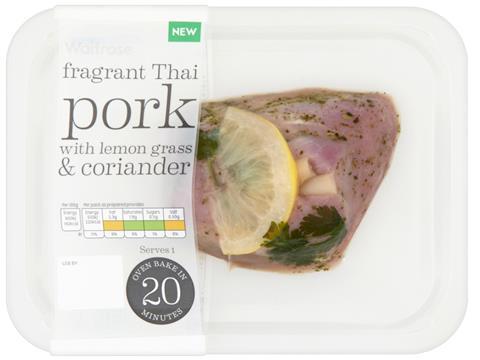
Top launch: Serves One by Waitrose
Ready-to-cook remains one of the key trends in fresh protein, meeting the consumer’s desire for convenience and exciting - yet accessible - new flavour experiences. Waitrose’s single-portion seasoned range, launched in the spring of 2014, fits this perfectly and spans a range of proteins, including duck and fish. The products come in skin packs - a major packaging trend in protein, with many retailers overhauling the packaging of their ranges to boost shelf standout in the past 12 months.





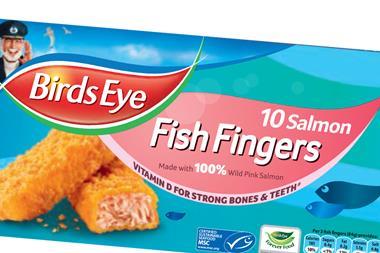
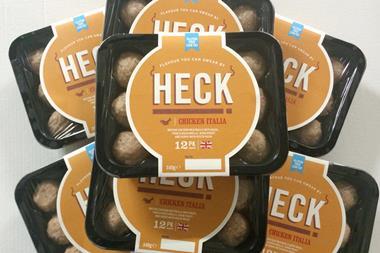
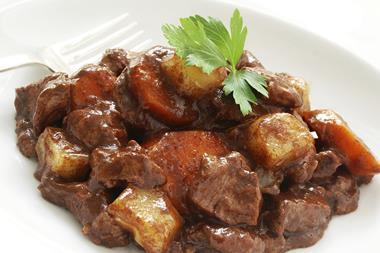
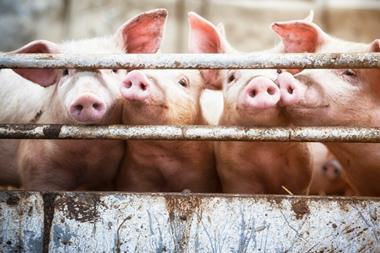
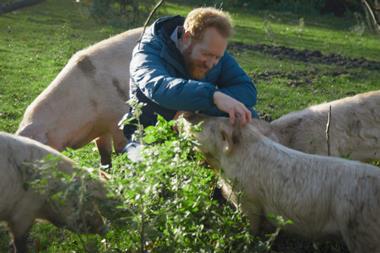




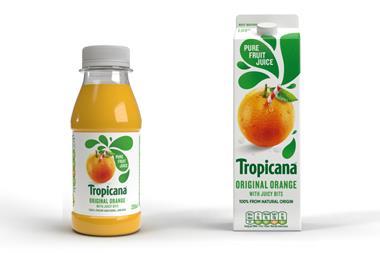

No comments yet